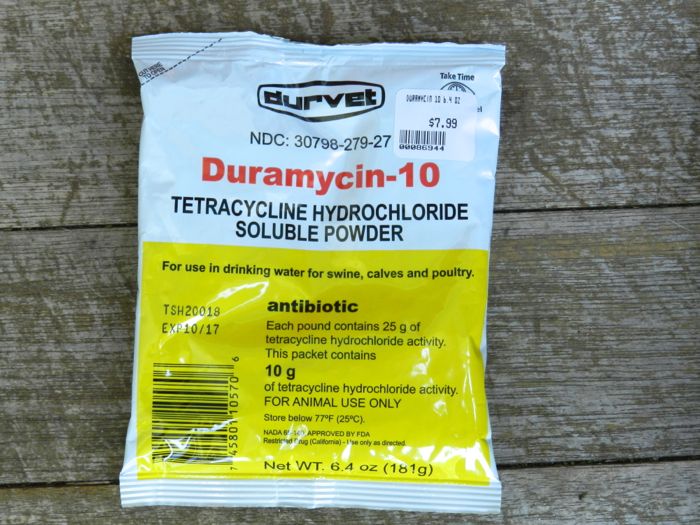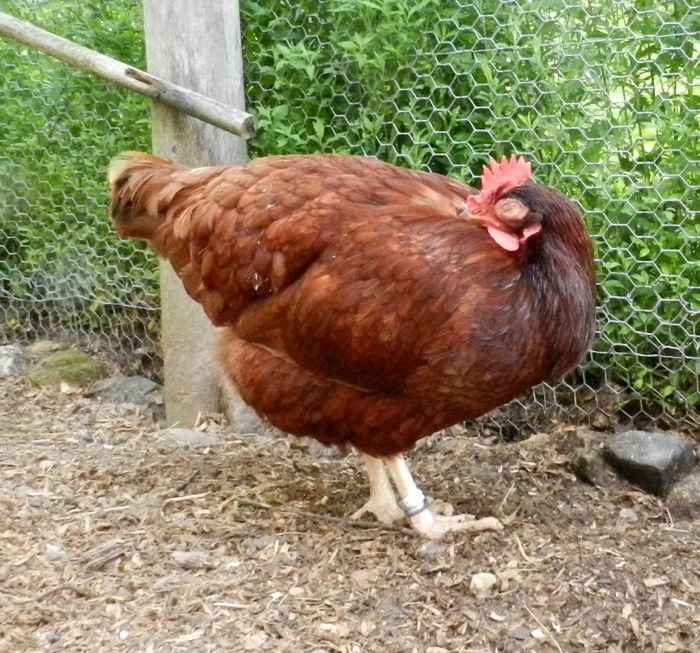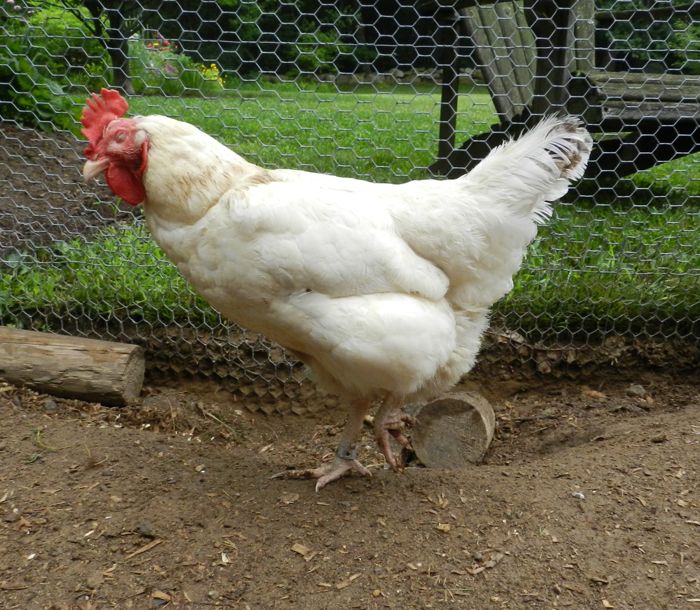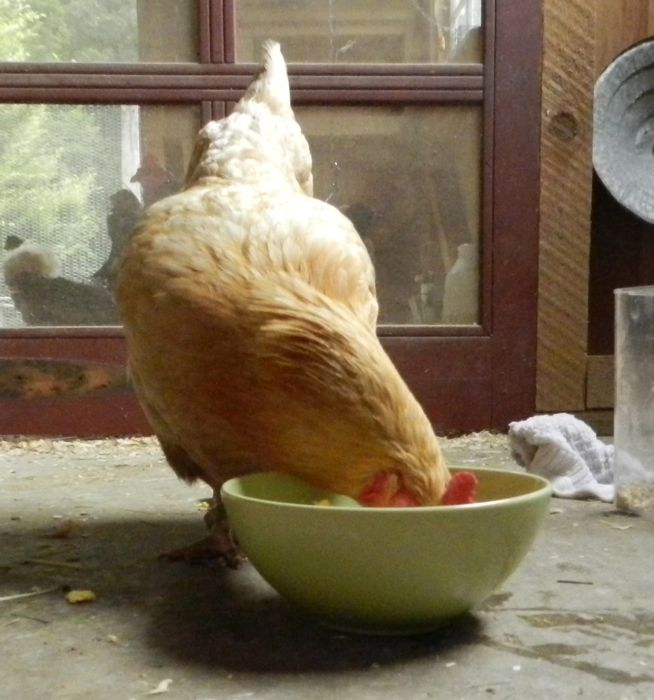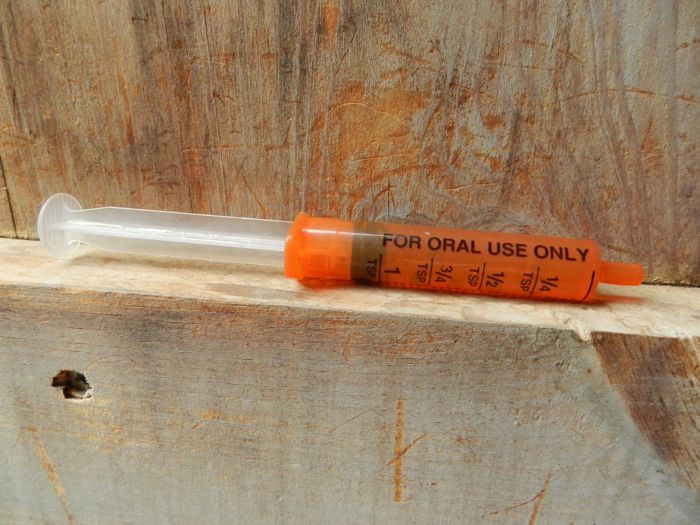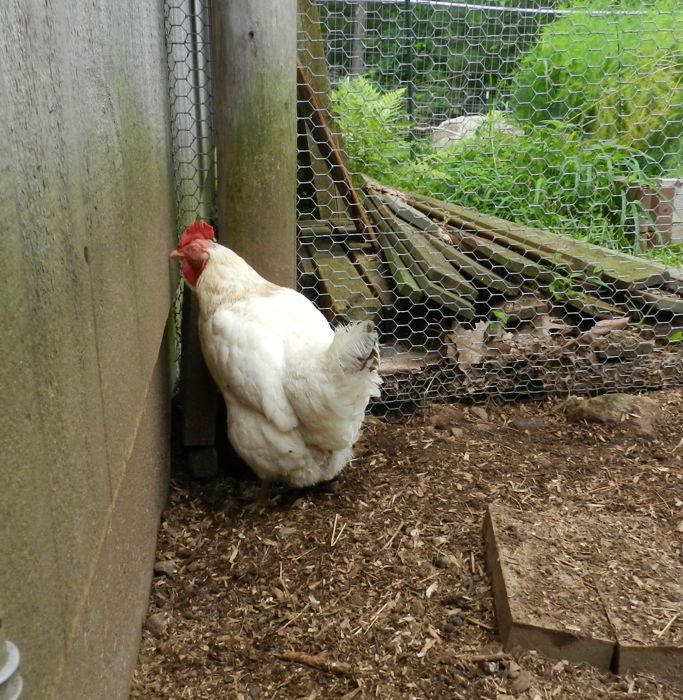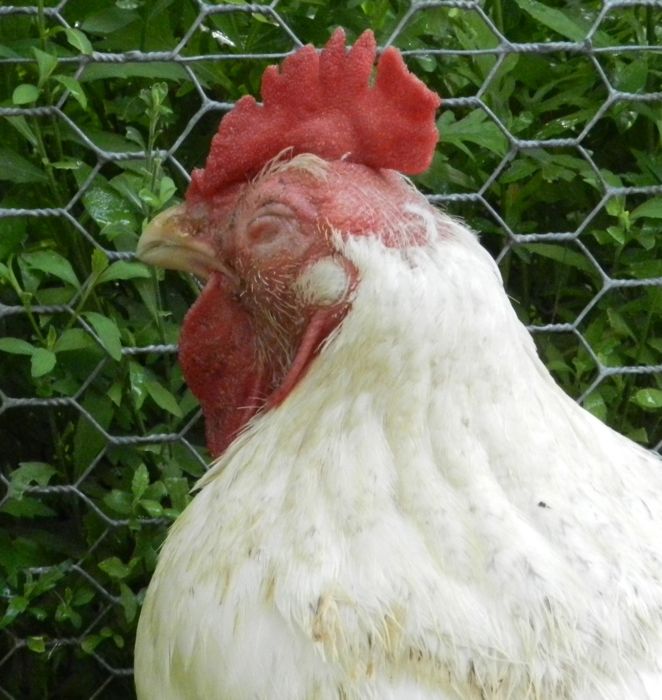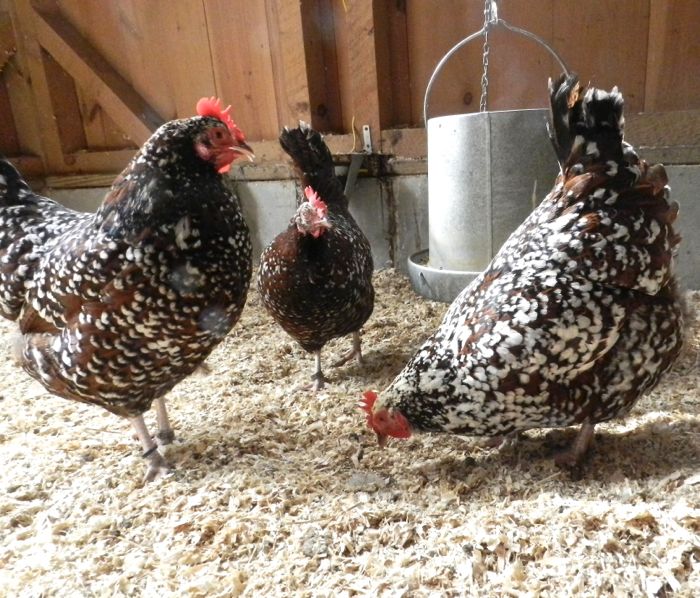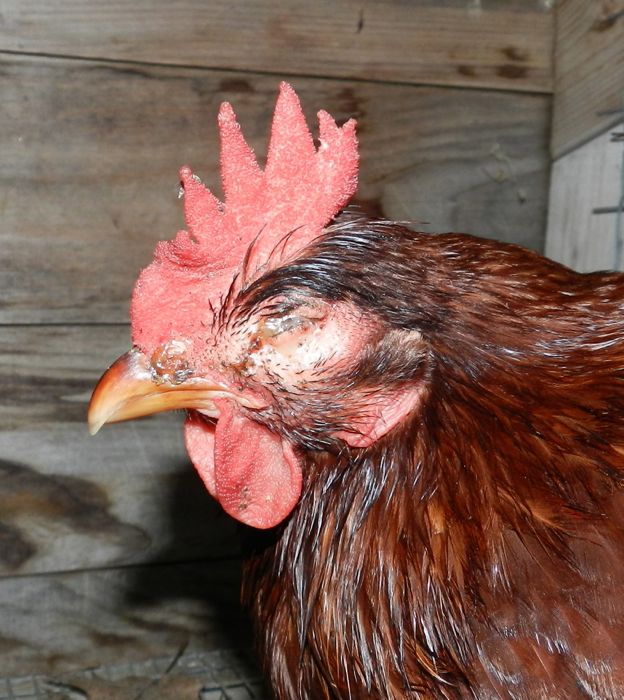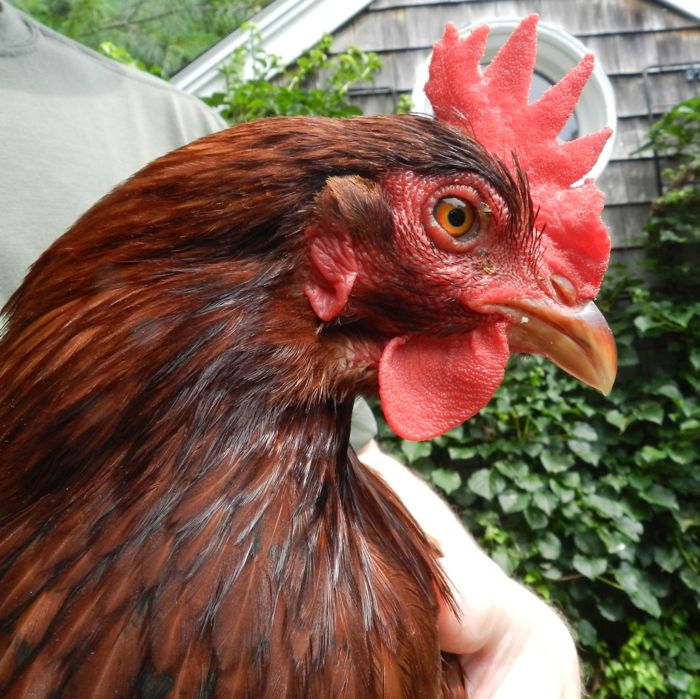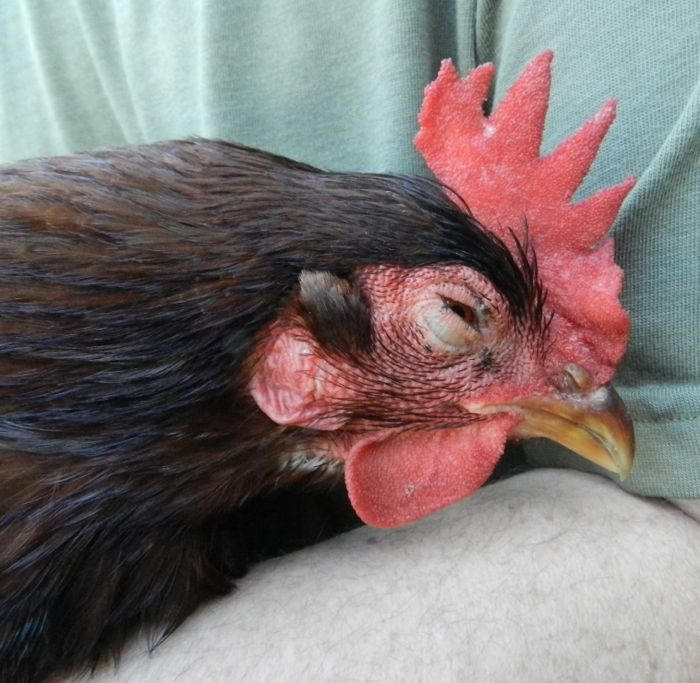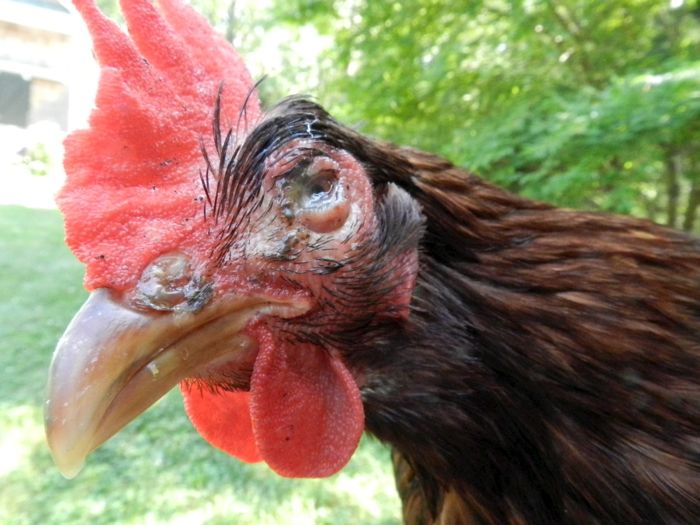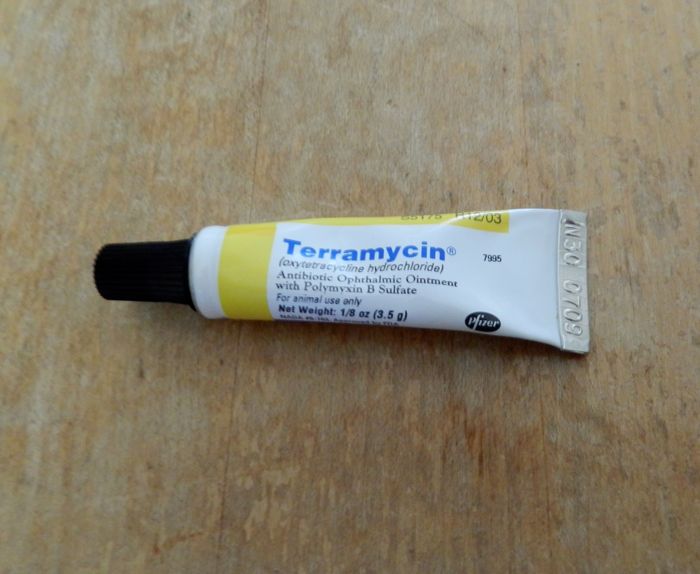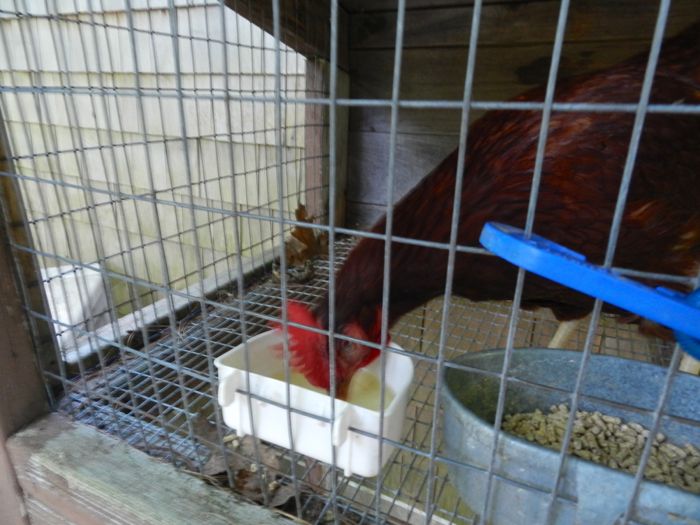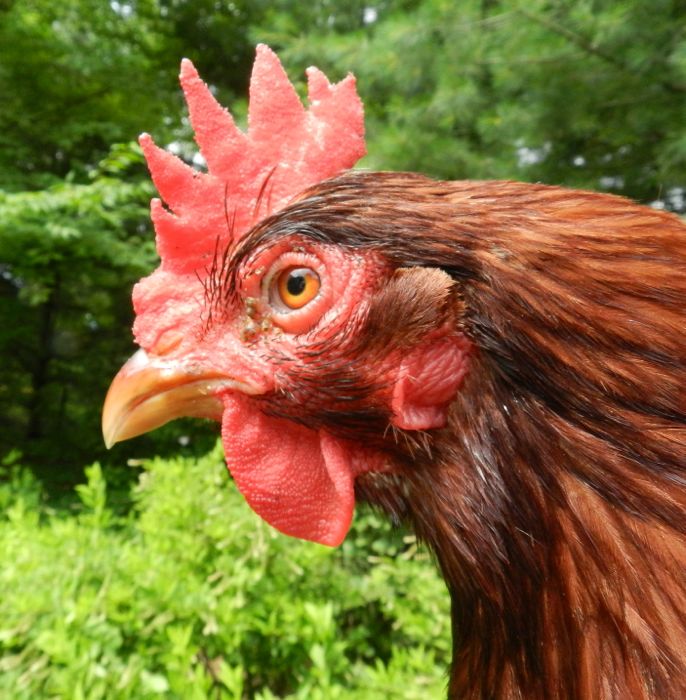When your flock comes down with a deadly respiratory ailment you need to treat them fast with something effective. Antibiotics can turn the tide and keep your chickens alive. But, these drugs can also be abused, and they have been, especially by high-volume “farms” that house animals in such unhealthy confines that they resort to putting antibiotics into the drinking water to keep their stock from dying. Bacteria multiply and mutate rapidly, and some will become immune to the medications. Feed antibiotics continuously and you’ll end up creating dangerous pathogens that are impervious to treatment. That has happened already, and to prevent a human health crisis now whole classes of antibiotics are illegal to give on a sub-therapeautic basis (this is a good thing.)
However, the drugs remain available for purchase, and can do much good when handled correctly. Some anitbiotics can only be had through veterinarians, but others can be purchased with ease at feed stores and on-line. Once in private hands, it’s up to the farmer to be careful with their use. The label might say, “for cattle and poultry” but the truth is that they are NOT legal for laying hens. The “for poultry” on the label is inexact – these drugs are approved only for meat and breeding stock, not layers. Backyard chicken keepers use them anyway to save our animals. But, because we use them “off-label” it means that there is little research done on how these drugs persist in the hen and in her eggs. There’s no research on how these drugs, manufactured for huge production facilities, should be appropriately dispensed to our own small flocks. One has to sort through science and trade publications, and then use common sense.
This last week I was grateful to have Duramcyin on-hand to treat my sick hens. No doubt some would have died if I had not dosed them with this antibiotic in the tetracycline family.
The first challenge is knowing how much to mix in water. The label recommends 200 to 400 mg per gallon of water. That wide range is not explained on the package or on the drug company’s website. And, most people don’t have mg measurers. I have a digital scale and calculated that 1/8 teaspoon per 16 fl. ounces (2 cups) is about right. That’s 1 teaspoon per gallon. Not much. After 24 hours, the Duramycin loses it’s efficacy. Every day the founts must be dumped out and filled with fresh antibiotics.
However, even when you get it mixed up properly, putting medication in the waterers will be no good if your hens, like mine, were too sick to drink.
For those chickens, I used a syringe to squirt the medicated water onto their tongues for them to swallow (directions here.) The problem is that the label doesn’t say how much each hen should drink of this antibiotic-laced water. A healthy hen can drink a cup or more of water daily. I can’t get that much in with a syringe. So, I mixed up 1/16 teaspoon Duramycin with a cup of water and dosed a few teaspoons over the course of the day with a syringe. By nightfall I saw marked improvement, so I knew that it was the right course.
Not all respiratory disease outbreaks can be resolved with Duramycin. Some require other antibiotics, and others are caused by viruses, which are unaffected by antibiotics. If there is no improvement in three days it is suggested that you stop the treatment and try something else. Tylan and Baytril are two other antibiotics that might work.
Then the question is: how long do you treat the hens? The package recommends “7 – 14 days.” That’s another wide range! If the hens are all fine by day 7 it is prudent to stop.
Hopefully, the hens survive and the big question beomes: when can you resume eating the eggs? The USDA has a website that farmers can rely on to check on drug withdrawal times. Although they can’t give out information for off-label usage, they have posted a review of the research of how long drug residues are seen in eggs after drug treatment has stopped. There’s a lot of data to wade through, and I did my best to come to a sensible course.
I’ve heard the concern that because the hen has all of her ova already in place, that drug exposure will contaminate her eggs for life. This is not the case. The germ is minute. It is the yolk that forms around that bit that absorbs the drugs. (Some chemicals are taken up more by the whites. It depends on the drug.) The yolk goes through about ten days of rapid growth before it is released by the ovary. This paper states: “Because of the protracted nature of egg development, many weeks may be required following treatment or exposure before eggs are free of drug residue.” The lab tests bear this out. Scientists varied the dosage and length of time that antibiotics were administered. In tests that compared somewhat to what my chickens were dosed with, their eggs were clear of residues by day 10. To be on the safe side, I’ll wait two weeks after my hens take their last drink of antibiotic water before eating their eggs.
While the hens are on medication, I’ll scramble up their eggs and feed them back to the chickens. They could use the boost from the eggs. Once off the meds, sadly, I will throw the eggs out. And then, two weeks later, I will be delighted to collect eggs and resume having two every morning for breakfast. Of course, by then, some hens will be going into the molt and eggs will be precious. When you raise your own, the egg supply is never steady!
